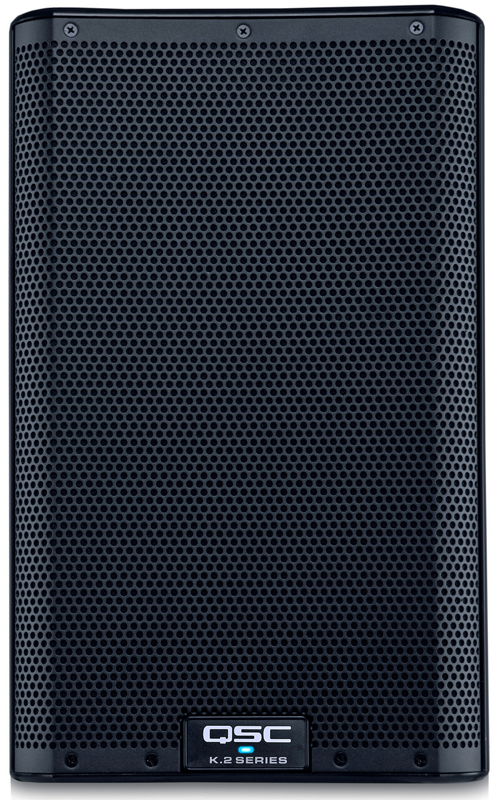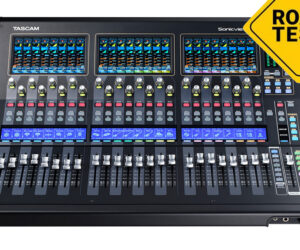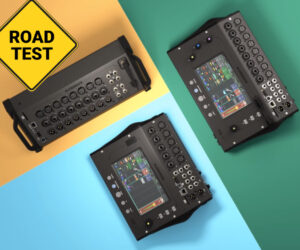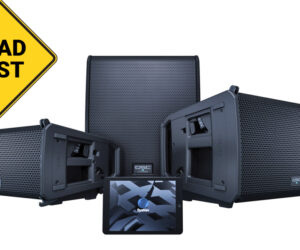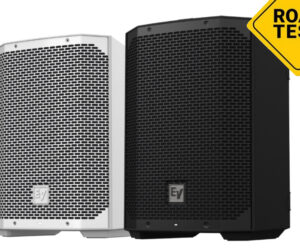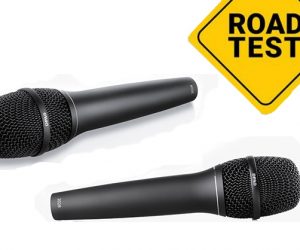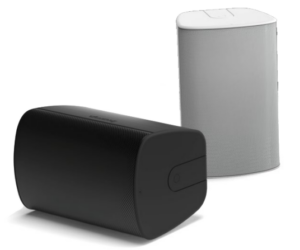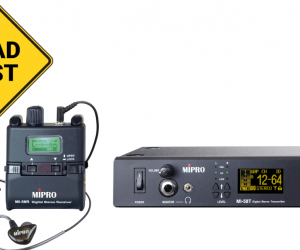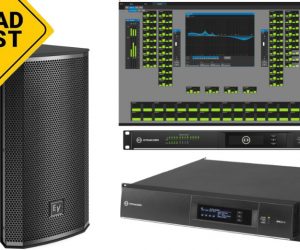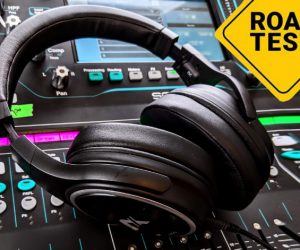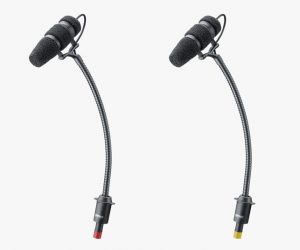One of the best parts of my job is getting to check out new gear, so I was absolutely thrilled when QSC recently sent me a pallet of new K.2 Series portable powered loudspeakers for evaluation. The shipment contained a pair of each of the new K8.2, K10.2 and K12.2 full-range models, plus two KW181 subwoofers.
All K.2 loudspeakers are equipped with a 2,000-plus-watt power module matched to purpose-designed woofers and compression drivers. Proprietary DMT (Directivity-Matched Transition) technology is designed to deliver smooth coverage while onboard DSP provides the company’s Intrinsic Correction voicing and system management to further optimize performance.
The enclosures can be flown via M10 eyebolts as well as wall- or truss-mounted using an optional yoke bracket or placed on a pole, either straight-firing or with 7.5 degree down-tilt.
In addition to serving as mains in a wide range of applications, the loudspeakers can also be used as floor monitors, with the cabinets including a built-in angle on one side as well as a DSP preset to optimize monitoring performance. Speaking of the cabinets, they’re made from rugged ABS plastic and have sturdy fabric backed steel grilles.
The K10.2 (10-inch, response down to 50 Hz) and K12.2 (12-inch, response down to 45 Hz) both sport two handles, one on top and one on the side. The smaller K8.2 (8-inch, response down to 55 Hz) has a single top handle. Transducers are driven by a class D amplifier rated to deliver 1,800 watts to the woofer and 225 watts to the 1.4-inch titanium compression driver (both ratings peak). All three offer an axisymetric coverage pattern, with the K8.2 at 105 degrees, the K10.2 at 90 degrees and the K12.2 at 75 degrees.
Also onboard is DSP with presets joined by a 3-channel mixer. The first channel is configured for microphone or line level sources, the second for high- or low-impedance line level sources, and the third for line level inputs that connect to a 3.5 mm (1/8-inch) TRS jack.
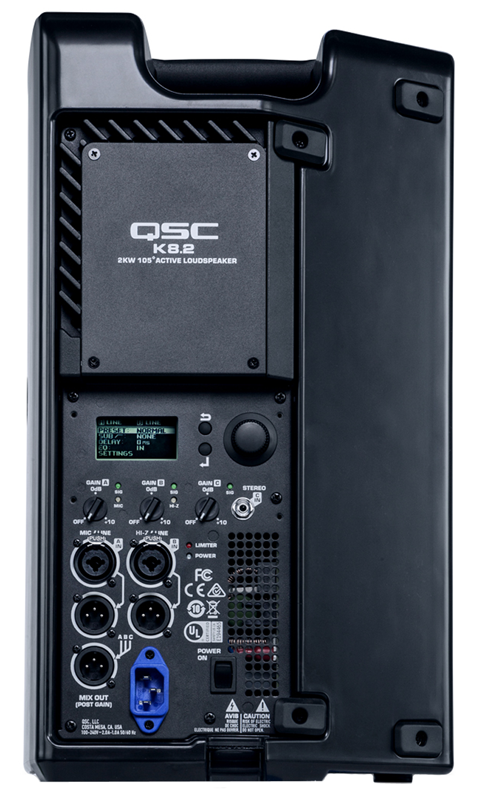
The first two channels also offer XLR/TRS combo inputs, and both have XLR “through” outputs for daisy-chaining. In addition, there’s a “Mix” output of all three channels that doesn’t contain any DSP processing.
Before going further, here are the primary differences between these new models and the original K Series. I’ve used the latter numerous times when free-lancing for various A/V companies, and they’re popular for good reason: they’re top-notch portable loudspeakers.
The new K.2 models look similar but sport the previously noted fabric backed grilles, and they also include the monitoring angle (and preset).
Another obvious difference, at least to me, is the pole cup for stand mounting. The original K Series boxes have a rotating single cup for the dual angles, while the K.2 cabinets are equipped with a dual hole pole cup – one for level mounting and the other for the 7.5-degree downward tilt. This better places the loudspeaker’s center of gravity over the stand when tilted, making for a more secure mount.
In addition, the back panels of the K.2 Series models offer an LCD screen, rotary select knob and menu select push buttons, rather than the slide switches of the previous iteration. Another thing that stands out to me is that RCA inputs on the third channel have been replaced by the single 1/8-inch TRS connector that’s become a standard audio connector for computers, cell phones and tablets. This is definitely a great idea. Finally, the output power of the amplifier has been increased.
Getting Acquainted
While I will touch on the various models, my primary focus here will be the K8.2 – I’m in the market for some smaller loudspeakers, primarily for corporate applications, and these definitely fit the bill. Out of the box, the K8.2 is a very solid, good-looking unit, with the fabric backed grille making it look even better while also offering a bit more protection to the transducers. The single handle on top is more than adequate to carry the light weight (27 pounds) package around, and a single person had no trouble putting it on a stand.
Connecting the K8.2 is straightforward because everything is clearly labeled. The DSP really places this new series ahead of its predecessor. Factory voicing presets include Default (flat), Live (for vocal clarity), Live Bright (a bit of high-end boost to help balance out with a sub), Dance (low- and high-end boost for the typical “smiley face” EQ curve), Stage Mon 1 (with low-frequency reproduction), Stage Monitor 2 (reduced lows), AC Guit/Vox (for solo gigs), Bass Amp (for use as a stage bass combo), Hand Mic (optimized for handheld mics), Head Mic (optimized for headworn mics) and Studio Mon (for use as a studio monitor).
There’s also a 4-band semi-parametric (sweep mid bands) EQ onboard for tailoring, no matter the preset. Note: QSC TouchMix digital mixers also provide presets for the K and K.2 Series, making for a nicely integrated system.


